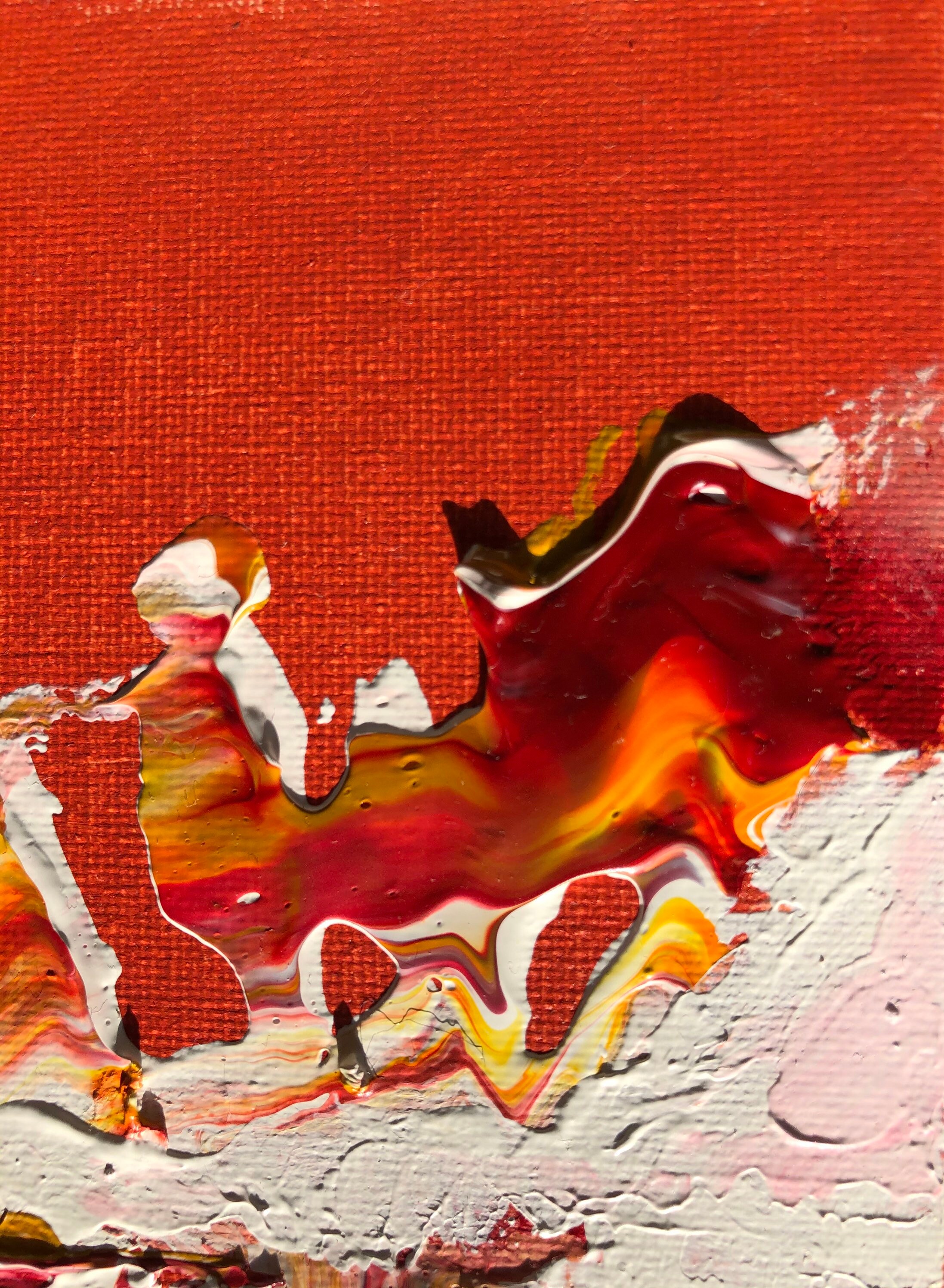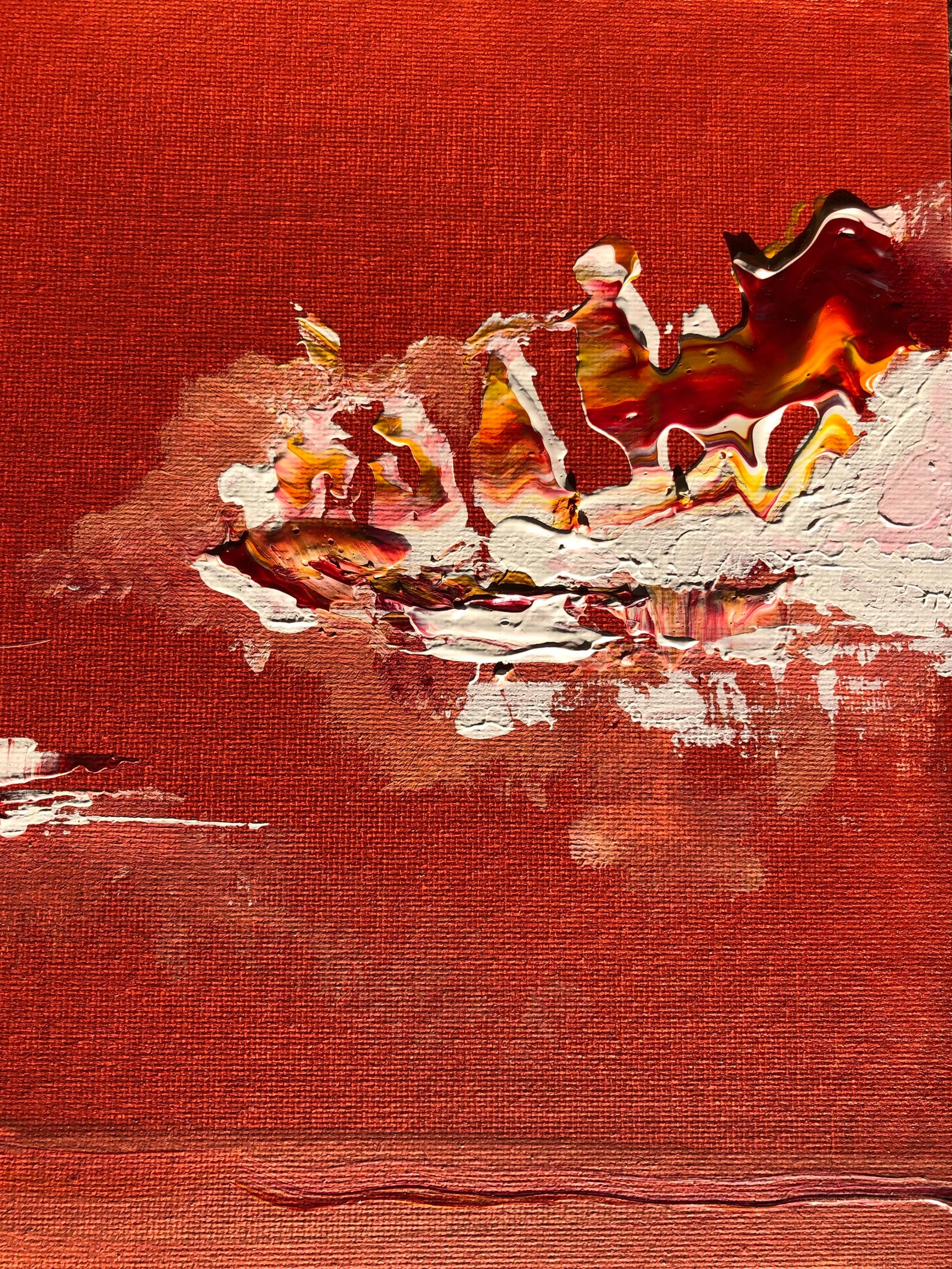

It’s also brighter than you think so is good at taking you out of your comfort zone. It’s usually included in most beginner sets and can be used diluted with a little water. Usually either Burnt Umber + white, Raw Umber + white or Yellow Ochre.įor the absolute beginner, I recommend using Yellow Ochre. My preferred choice for landscapes, still life’s or portraits nearly always stem from one of the Earth colours. You’re trying to imagine what’s underneath the painting and then build opaque layers of colour ontop of this. It depends on the mood and feel you’re after in your painting. What colours do you use for the toned ground?

#ACRYLIC PAINTING IN CANVAS BOARD PRO#
Pro tip: It is applied after priming a canvas with gessoif you’re working on a raw canvas. You can apply a toned ground (also called a coloured ground) opaquely or as a transparent stain (called an Imprimatura)įor our initial purpose an opaque finish is best as it stops the acrylic painting looking too ‘watercolour’ When faced with a scene he would look through his pre-painted watercolour sheets and select the most appropriate colour.įor example, a warm brown for an Autumnal tree scene.

Turner used pre-coloured sheets of watercolour paper with different hues (colours) of browns, blues and greys. It can transform your paintings by making them look more professional, increase the speed in creating your paintings and give you a fool-proof method of creating a tonal mood in your work… Different artists throughout the ages have used toned grounds in their work, from Turner to Jack Vettriano.
#ACRYLIC PAINTING IN CANVAS BOARD HOW TO#
Using a coloured ground does a number of fantastic things that are not to be underestimated when starting to learn how to paint. It can be called a ‘toned ground’ or ‘coloured ground’ as it can be used in drawing and painting. This is short for ‘toned background’ and is No. The first technique I always teach in painting (and a technique I use on 99% of my work) is to cover the white canvas with one solid paint colour which is called a ‘ toned ground’. The number two mistake is leaving the canvas white when they start painting. The number one mistake all beginners make is buying a pre-stretched canvas or canvas board from a discount bookstore and not unwrapping the cellophane from it.


 0 kommentar(er)
0 kommentar(er)
